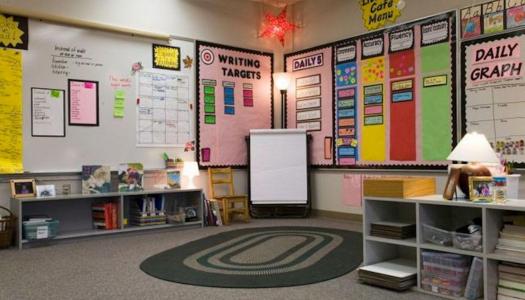Curricular Coherence In and Out of the Classroom
Join Our Community
Access this resource now. Get up to three resources every month for free.
Choose from thousands of articles, lessons, guides, videos, and printables.
The article The Congruence of Classroom and Remedial Reading Instruction by Peter Johnston, Richard Allington, and Peter Afflerback, was one of the first encounters I had with the term curricular coherence. In the article the authors explain how difficult it is for students, in particular struggling students, to receive instruction in the classroom, different instruction from another adult in another setting, and sometimes completely different instruction yet again in another setting, and then be expected to put it all together to become better readers. Instead, it is our job to align instruction so that each person who works with a child is reinforcing the work we are doing in the classroom.

This makes complete sense for those of us who have either been in the classroom and had our students worked with by an itinerant or been the itinerant asked to pull students out for extra instructional support. Many of us have experienced firsthand how this lack of curricular coherence doesn't lead to accelerated progress.
Curricular coherence plays a role for students who do not receive additional support as well. When assessing our students, we follow the guide, From Assessment to Instruction. Once we finish assessing a student, discuss our findings with him, and have him declare his goal on the CAFE Menu board, we record his individual goal on his page in our Conferring Notebook. We also look at the strategy group section of our Pensieve. In the small-group area, we look to see if any other students have the same goal and strategy need. If so, we place him in that group. If not, we add him to a new section and start a new group. Once our students are all assessed, they each have an individual goal. Some will be placed in a small group, and some will receive their instruction through one-on-one conferring.
Every time we meet with a student, whether in her small group or one-on-one, we provide support for her strategy until she is independent and ready to layer on a new one. This accelerates the learning of the strategy. Curricular coherence, in the classroom as well as out of it, is our responsibility, and essential for our students.






